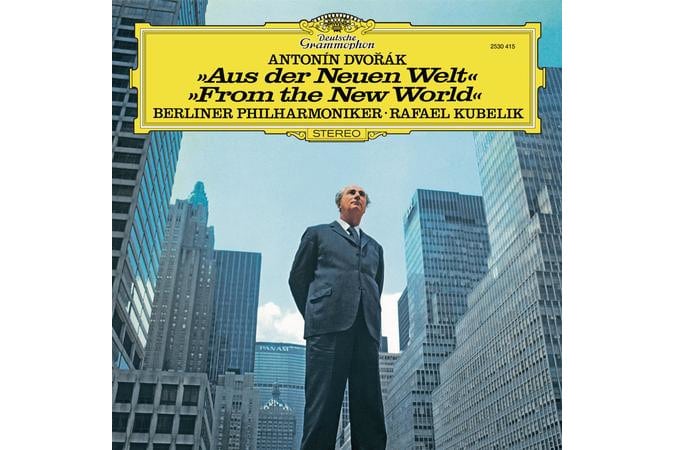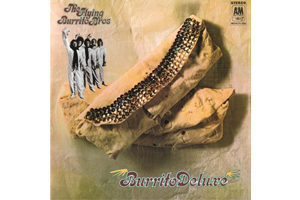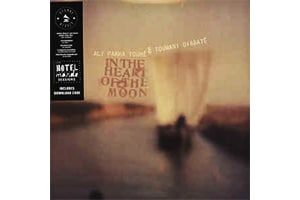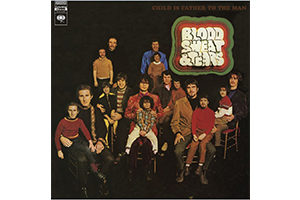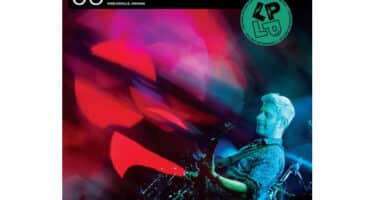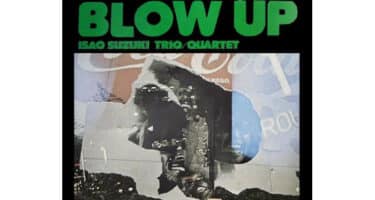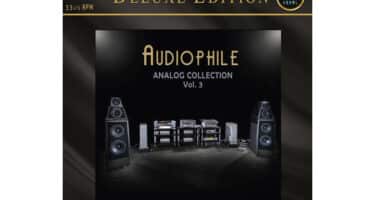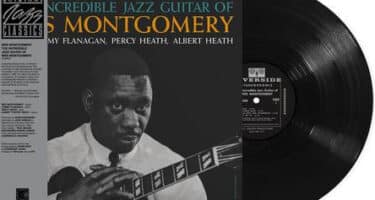Rafael Kubelik – Dvorak: Symphony No. 9 “From The New World”
Rs.2,599
180-gram LP
Album download included
The name From the New World which Dvorák himself gave his Symphony in E minor, Op. 95, clearly points to the basic idea underlying this work. The contact with the folk music of another land which the Czech composer made during his years in America undoubtedly had a stimulating effect on his creative imagination, a fact which is evident both from available written accounts and from Dvorák’s compositions of that period.
Henry Thacker Burleigh, who often demonstrated old plantation songs at Dvoráks house, later emphasized how deeply impressed his teacher had been by the Negro Spirituals. It was Burleigh, too, who first drew attention to the thematic relationship between the Spiritual Swing low, sweet chariot and the second subsidiary theme of this Symphony’s first movement, introduced by the flute. It seems of little account whether Dvorák himself was aware of this similarity. But for his interest in the songs of his coloured pupils, however, such a work as the New World Symphony would never have been written.
The tension built up during the slow introduction is relaxed by the entry of the striking horn theme, which is to influence all four movements. The American character (lowered leading note) of the subsidiary theme, played by the flutes and oboes, is largely overshadowed by its mood of Slavonic melancholy. This and the second subsidiary theme, already mentioned, are in strong contrast to the principal subject of this clearly fashioned movement. For the composition of the Largo in D flat major, entitled Legend in the sketches, Dvorák was inspired, as he himself declared, by a passage from Longfellow s epic poem of the American wilds The Song of Hiawatha, widely popular at that time.
Dvorák worked on this Symphony from January to May 1893, and on the 16th December of that year its world premiere was conducted by Anton Seidl at a New York Philharmonic concert in the Carnegie Hall. According to a report in the New York Herald, enthusiastic applause for Dvorák broke out after the second movement. Its immensely successful premiere launched this work, which is still the most popular of Dvorák’s symphonies, on a triumphal progress of the world’s concert halls.
Out of stock
